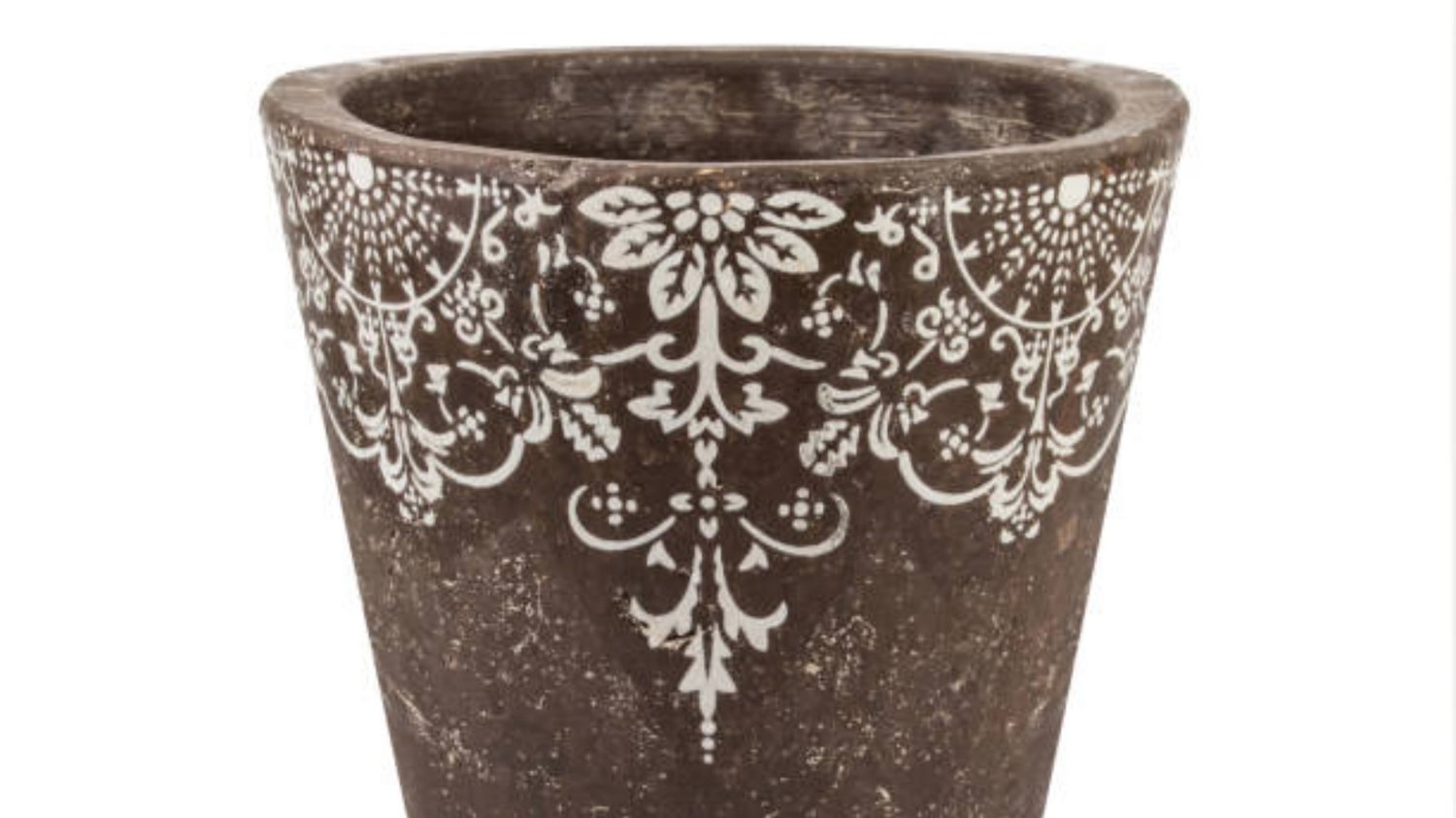Are ceramic pots good for flowers? A Comprehensive Guide
When it comes to choosing the right pots for your beloved flowers, the options can seem endless. Ceramic pots have long been a popular choice among gardeners for their aesthetic appeal and durability. But are ceramic pots really good for flowers? In this article, we will explore the various aspects of using ceramic pots for your flowers, including their benefits, considerations, and tips for proper care.
1. The Advantages of Ceramic Pots for Flowers
Ceramic pots offer several benefits that make them a great choice for your flowers. Firstly, they are known for their excellent insulation properties, which help regulate the temperature of the soil, protecting the roots from extreme heat or cold. This can be particularly beneficial in regions with fluctuating temperatures.
Secondly, ceramic pots are heavy and sturdy, making them less likely to tip over, especially in windy conditions. This stability ensures that your flowers remain upright and undamaged, preventing any potential harm to their growth.
Lastly, ceramic pots are available in a wide range of designs, colors, and sizes, allowing you to find the perfect match for your garden or indoor space. They add an element of elegance and charm to your floral displays.
2. Considerations When Choosing Ceramic Pots
While ceramic pots offer numerous advantages, there are a few factors to consider before making your purchase. One important consideration is drainage. Without proper drainage holes, excess water can accumulate in the pot, leading to root rot and other moisture-related issues. Ensure that the ceramic pot you choose has sufficient drainage holes or consider adding them yourself.
Additionally, ceramic pots can be more prone to cracking or breaking compared to other materials like plastic or fiberglass. Therefore, it is essential to handle them with care, especially during transportation or when moving them around your garden.
Lastly, the weight of ceramic pots can make them more challenging to move or reposition. If you anticipate needing to frequently move your flowers, you may want to consider lighter alternatives.
3. Proper Care for Ceramic Pots
To ensure your flowers thrive in ceramic pots, it is crucial to provide them with proper care. One important aspect is watering. While ceramic pots retain moisture better than some other materials, it is still important to monitor the soil moisture levels and water accordingly. Overwatering can lead to root rot, while underwatering can cause the plants to wither.
Additionally, ceramic pots can become hot in direct sunlight, which can increase the risk of drying out the soil. Consider placing your ceramic pots in shaded areas or using saucers to retain moisture.
Regular cleaning of ceramic pots is also essential to prevent the buildup of algae, mold, or mineral deposits. Use a mild detergent or vinegar solution to clean the pots, ensuring you rinse them thoroughly afterward.
4. Pairing Ceramic Pots with Flower Types
Not all flowers thrive equally well in ceramic pots. Some flower varieties that prefer drier soil, such as cacti or succulents, may not be the best match for ceramic pots, as they retain more moisture. On the other hand, flowers that require consistently moist soil, like ferns or certain tropical plants, can benefit from the moisture retention properties of ceramic pots.
Consider the specific needs of your flowers when deciding whether ceramic pots are the right choice. If in doubt, consult with a knowledgeable gardener or research the specific requirements of your flower varieties.
5. Enhancing Drainage in Ceramic Pots
If you have fallen in love with a particular ceramic pot but it lacks sufficient drainage holes, there are ways to enhance its drainage capabilities. One option is to use a layer of small stones or pebbles at the bottom of the pot before adding the soil. This layer helps create space for excess water to drain away from the roots.
Another option is to use a liner made of permeable material, such as landscape fabric or a coffee filter, to cover the drainage holes. This prevents the soil from clogging the holes while still allowing water to escape.
6. Overcoming the Fragility of Ceramic Pots
While ceramic pots can be more fragile compared to other materials, there are steps you can take to prevent breakage. Avoid placing the pots directly on hard surfaces, such as concrete or stone, as any impact can cause cracks or chips. Instead, consider using pot feet or saucers to elevate the pots slightly.
During colder months, it is important to protect ceramic pots from freezing temperatures. Water expands when it freezes, and this expansion can cause ceramic pots to crack. Move the pots indoors or wrap them with insulation material to shield them from extreme cold.
7. Using Ceramic Pots for Indoor Flower Arrangements
Ceramic pots not only enhance the beauty of outdoor gardens but also make excellent containers for indoor flower arrangements. Their elegant designs and color variations can complement any interior decor.
When using ceramic pots indoors, keep in mind that they do not have the same natural drainage as outdoor pots. To prevent water damage to your furniture or floors, place a layer of gravel or pebbles at the bottom of the pot to create a reservoir for excess water.
8. Tips for Choosing the Right Size Ceramic Pot
Choosing the right size ceramic pot is crucial for the optimal growth of your flowers. If the pot is too small, the roots may become cramped and hinder the plant's growth. Conversely, if the pot is too large, excess soil can retain moisture, leading to root rot.
A general guideline is to select a pot that is approximately one-third larger than the plant's root ball. This provides enough room for the roots to expand without overwhelming them.
9. Showcasing Ceramic Pots in Your Garden
Ceramic pots can serve as stunning focal points in your garden. Consider grouping pots of different sizes and colors together to create visually appealing arrangements. You can also experiment with different heights and textures to add depth and interest to your outdoor space.
When placing ceramic pots in your garden, ensure they are on a stable surface and won't easily tip over. This is especially important if you live in an area prone to strong winds or have playful pets or children.
10. Conclusion
Are ceramic pots good for flowers? The answer is a resounding yes. With their insulation properties, aesthetic appeal, and durability, ceramic pots provide an excellent environment for your beloved flowers to thrive. By considering the specific needs of your flowers, enhancing drainage, and providing proper care, you can enjoy the beauty of ceramic pots while nurturing your plants.

